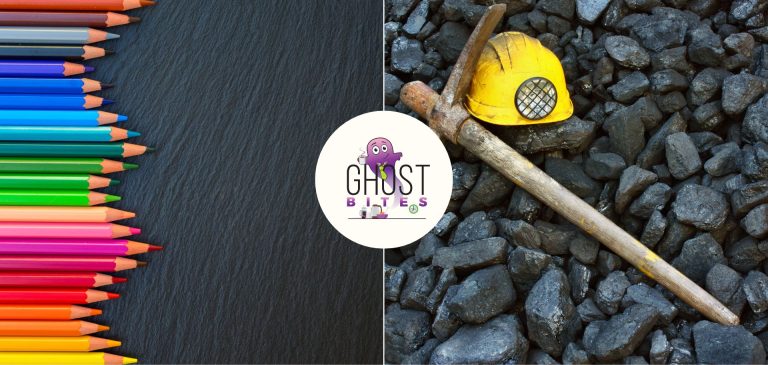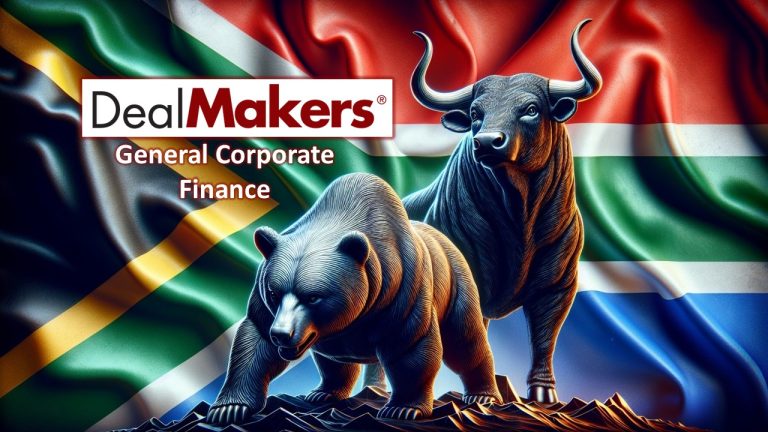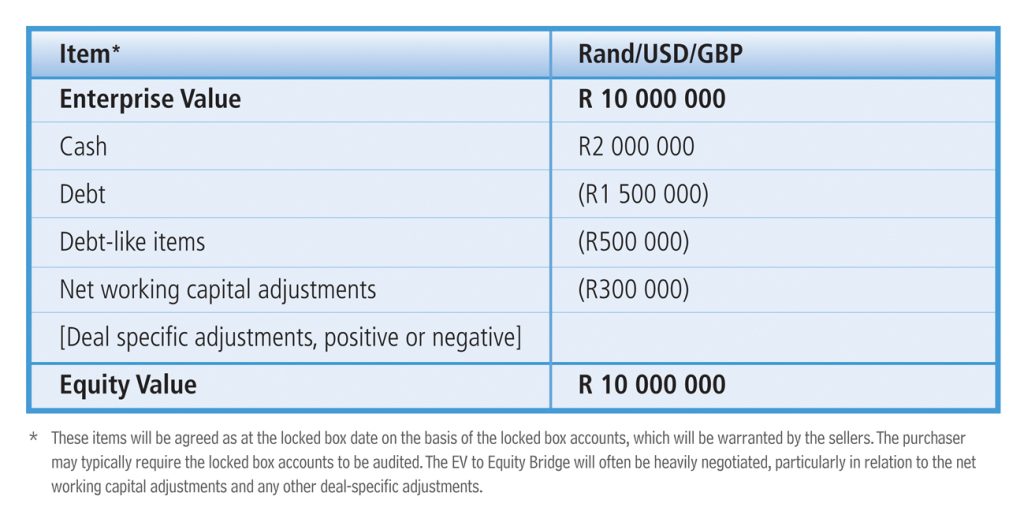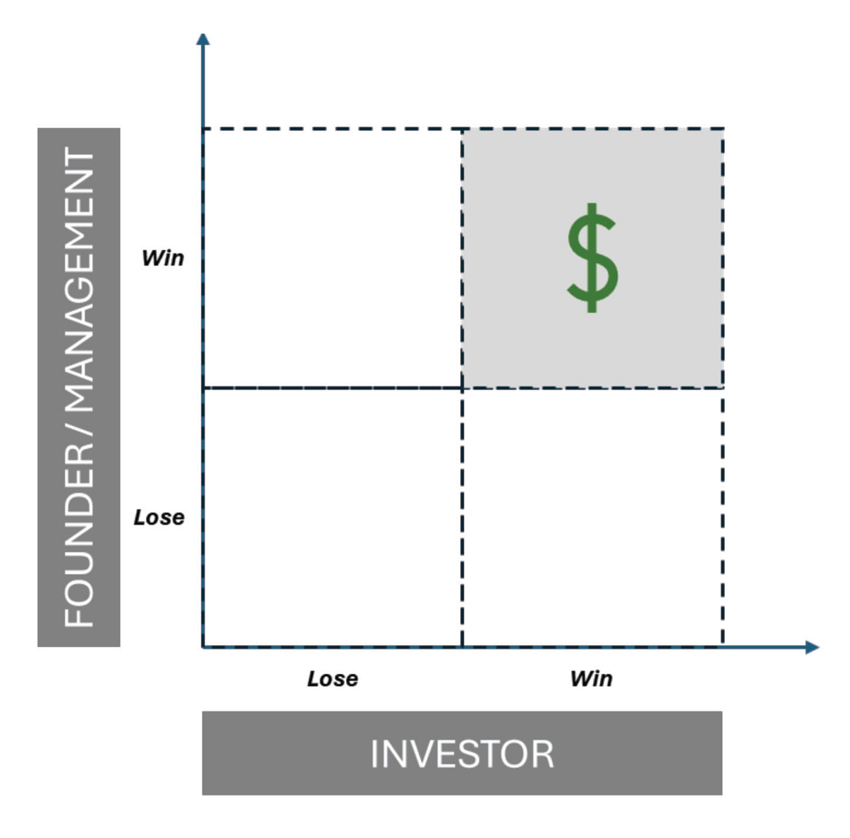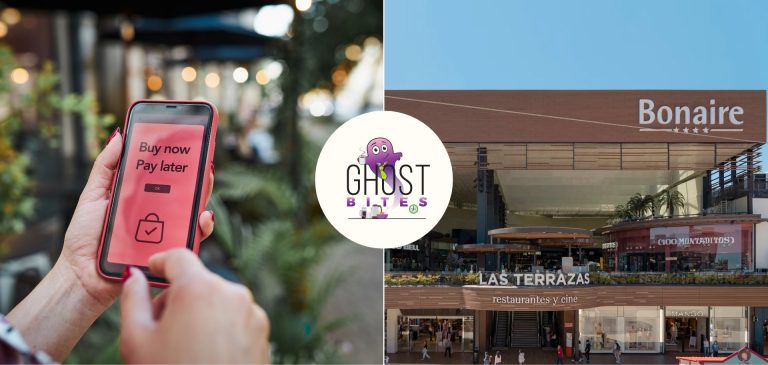ADvTECH is having no trouble with enrolments (JSE: ADH)
This is where you want to be in the private school market
ADvTECH released a trading statement for the year ended December 2024. After the sobering reality painted by Curro around its enrolment trend, it’s good to see that ADvTECH is having no such issues. This is the benefit of being among the top private schools, rather than the difficult middle-ground that Curro finds itself in.
ADvTECH expects HEPS (and normalised earnings, for that matter) to increase by between 13% and 18% for the 2024 period. Looking ahead to 2025, it’s encouraging that enrolments across both the schools and tertiary divisions are in line with targets and growing.
No word on the resourcing division, which I really wish they would just dispose of. People are buying ADvTECH for the education story.
There’s very bad news from Alphamin (JSE: APH)
The risks of doing business in frontier markets – and especially Africa – are clearly visible here
Alphamin’s tin operations are located in the Democratic Republic of Congo. Sadly, this region is dealing with conflict at the moment, which means there was risk of operations being affected. This is exactly what has happened.
The company has decided to cease operations at the Bisie tin mine after insurgent military groups advanced in the direction of the mine’s location in the DRC. The company cannot guarantee the safety of its employees and contractors, which means they are evacuating the mine site.
There are peace talks scheduled for March 18th, so perhaps some relief is just around the corner. The company is also lobbying the US to get involved here, as US entities actually represent the majority of shareholders in Alphamin.
Results were due for release on March 14th and the company isn’t in a position to do this anymore, so uncertainty is now the order of the day. The share price absolutely tanked in response, down 20% at the close.
Revenue growth at Exxaro just wasn’t enough to save the earnings performance (JSE: EXX)
At least there were signs of life at Transnet Freight Rail
Exxaro has released results for the year ended December. When you see a HEPS decrease of 36%, you would assume that a drop in revenue was to blame. In this case, coal revenue was actually up by 6%! In the context of the HEPS drop, I can’t decide if that’s good news or bad news.
Overall coal production volumes (excluding buy-ins) decreased by 7% and coal sales volumes were down 3%. Eskom demand was to blame here, as export sales actually jumped by 37% thanks to improved performance at Transnet Freight Rail towards the end of the year and the use of alternative distribution channels.
Export prices fell by 13%, so its just as well that sales volumes were so strong. Combined with better pricing for local coal than before, they managed to get revenue growth into the green.
Alas, it was nowhere near enough. Coal EBITDA fell by 16%. To add to the pain, equity-accounted income from associates fell by 47%. This led to the nasty decrease in HEPS.
There was some relief on the balance sheet at least, with capex down 8%. It could’ve been worse. The net cash position improved by 10% year-on-year, allowing them to move forward with a share repurchase programme in addition to the dividend. With the share price down 12% in the past year, share buybacks into a weak market will probably be useful over the long-term.
In separate news, the shareholders of Eyesizwe have signed an undertaking to retain their 30.81% stake in Exxaro until 2027. This obviously gives Exxaro (and its shareholders) certainty around B-BBEE status for the next couple of years.
And in yet more separate news, Exxaro announced that Ben Magara is the incoming CEO, with an effective date of 1 April 2025. He replaces acting CEO Riaan Koppeschaar who will continue in his role as Finance Director. Magara comes with loads of industry experience, including some really difficult roles. His appointment comes after the suspension and then resignation of the previous CEO, so investors will no doubt appreciate the certainty here. As part of taking up the role, Magara has resigned from the board of Grindrod.
Hyprop has a positive story to tell from the interim period (JSE: HYP)
The interim dividend is based on the South African portfolio performance
Hyprop has released results for the six months to December 2024. Distributable income per share increased by 14.4% to 201.4 cents, so that’s clearly positive. The interim dividend is 113.43 cents. Goodness knows that’s much better than the comparative period (where the interim dividend was precisely nil), but it’s still a modest payout ratio.
Hyprop’s interim dividend references distributable earnings in the South African portfolio based on a 95% payout ratio. The final dividend then brings the overall payout ratio to acceptable levels (80% – up from 75% previously) based on group earnings. Fair enough, then. We will be patient.
In the South African portfolio, tenant turnover was up 4.9% and trading density increased by 4.4%. The weighted average rent reversion was positive 4.4%, which is decent. Over in Eastern Europe, tenant turnover was up 8.8% and trading density increased 7.1% – a good reminder of why that region is attractive. The Sub-Saharan Africa portfolio has been restructured, with the direct property exposure sold in exchange for shares in Lango Real Estate. The critical point is that this releases Hyprop from all guarantees and commitments to lenders in that portfolio.
The net asset value per share increased by 1.7% to R59.67. Hyprop is trading at around R42.50 per share, so there’s quite the discount there. This is common on the JSE.
Looking ahead, Hyprop is on track to meet the upper end of guidance for the full year. The share price is up 34% in the past 12 months and has taken a 10% knock year-to-date.
Montauk’s earnings are down – and so is the share price (JSE: MKR)
The revenue outlook for 2025 doesn’t look exciting, either
Montauk Renewables released results for the year ended December 2024. Revenue was flat, while operating and maintenance expenses for the RNG facilities increased by 5.5% – so, no prizes for guessing what the bottom of the income statement looks like.
Operating income decreased by 31.3% and net income fell 34.9%. Of course, like all good US-listed companies, there’s also an adjusted EBITDA number, which only fell by 8.3% year-on-year.
In terms of the 2025 outlook, total revenue (RNG and renewable electricity) is expected to be between $167 million and $198 million. This compares to $175.7 million in 2024, so the mid-point of that guidance doesn’t suggest that there is exciting growth ahead.
The share price closed 20% lower on the day.
Standard Bank impacted by African currency weakness (JSE: SBK)
This is like reading about a telecoms company
Standard Bank has released results for the year ended December 2024. With HEPS up just 4%, there’s some growth at least – just not very much of it. The constant currency story is completely different, which is why these results have a similar flavour to what we normally see from local telcos with businesses in Africa.
As we’ve seen at peers, the credit environment improved at the end of last year and hence earnings were given a boost. The South African business managed double-digit earnings growth. The Africa regions achieved 22% growth in earnings in local currency. Alas, currency headwinds took the African regions into a negative growth position, which means they offset much of the benefit in South Africa as well. Standard Bank’s Africa regions are core to the group, contributing 41% to group headline earnings for the year.
On the plus side, return on equity (ROE) is still really high in Africa and certainly accretive to the group. The group ROE was 18.5% and Africa managed over 28%, so you can see how Africa makes a difference here.
Encouragingly (and not just for Standard Bank), the group expects currencies to be more stable in 2025. If that turns out to be the case, it should be a much better year for the various South African groups that have deep exposure to Africa. Of course, in the risk-off environment we seem to find ourselves in right now thanks to geopolitical uncertainty, that outcome is anything but guaranteed.
Standard Bank has given new medium-term targets that reflect HEPS growth of between 8% and 12%, as well as a ROE target range of 18% to 22%.
Nibbles:
- Director dealings:
- An associate of a director of Woolworths (JSE: WHL) bought shares worth R592k.
- Here’s something unusual for you: Anglo American Platinum (JSE: AMS) announced that its Mogalakwena Mine has achieved an IRMA 50 level of performance, which is basically an achievement based on responsible mining standards. This was the last of the four owned mines at Anglo American Platinum to complete an IRMA audit. Now, if PGM prices would just behave themselves!
- Randgold & Exploration Co (JSE: RNG), one of the smallest companies on the JSE, released a trading statement for the year ended December 2024. The headline loss per share has improved by between 42.25% and 52.25% to between -18.48 and -15.28 cents. This is due to less legal expenditure incurred.

